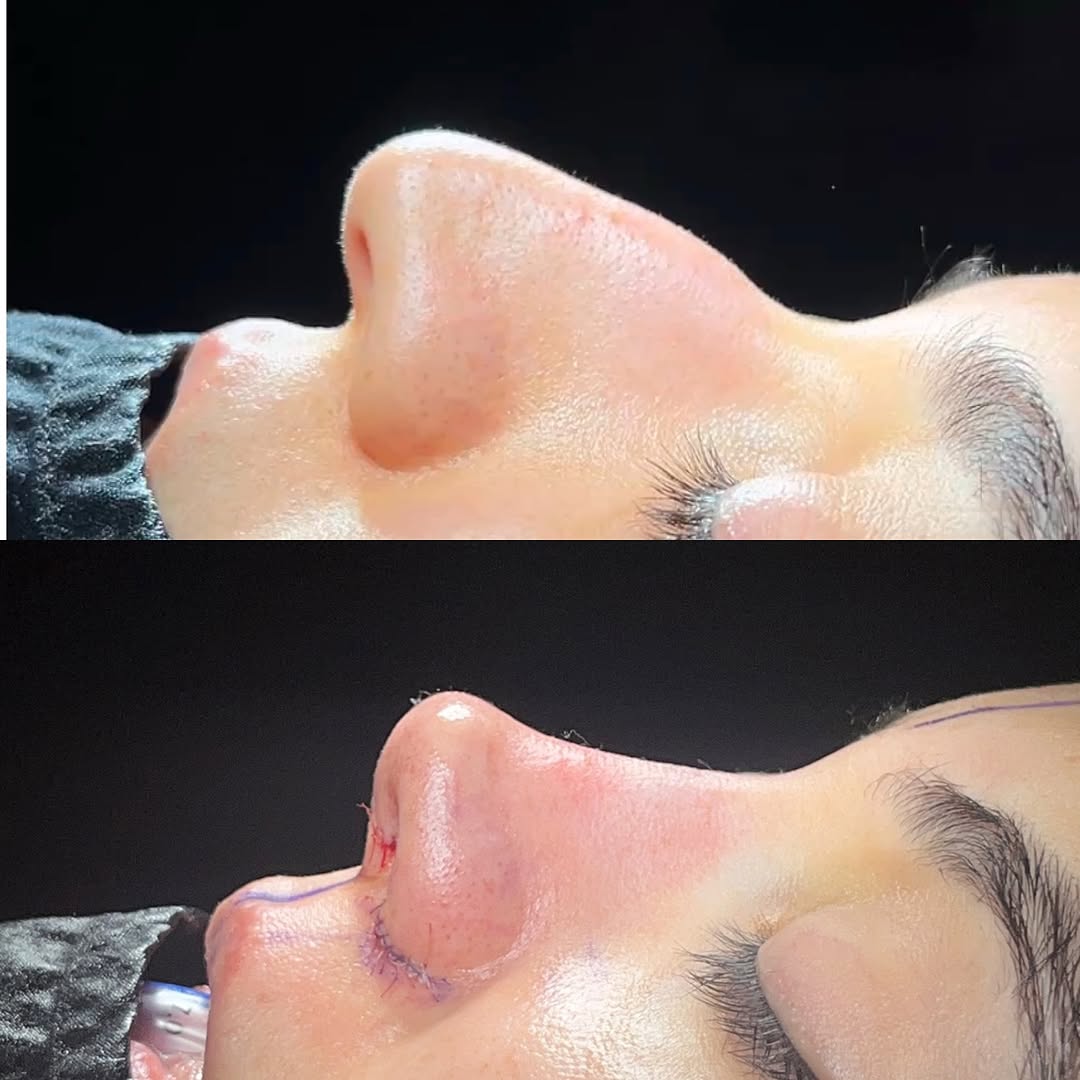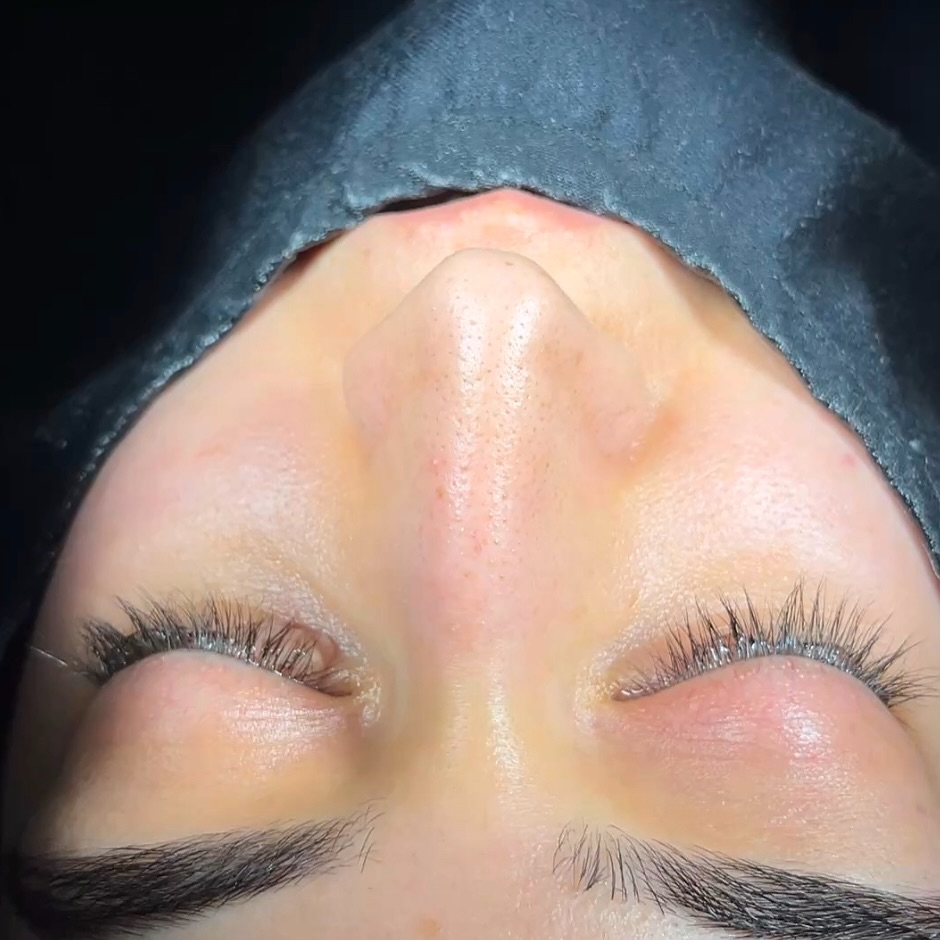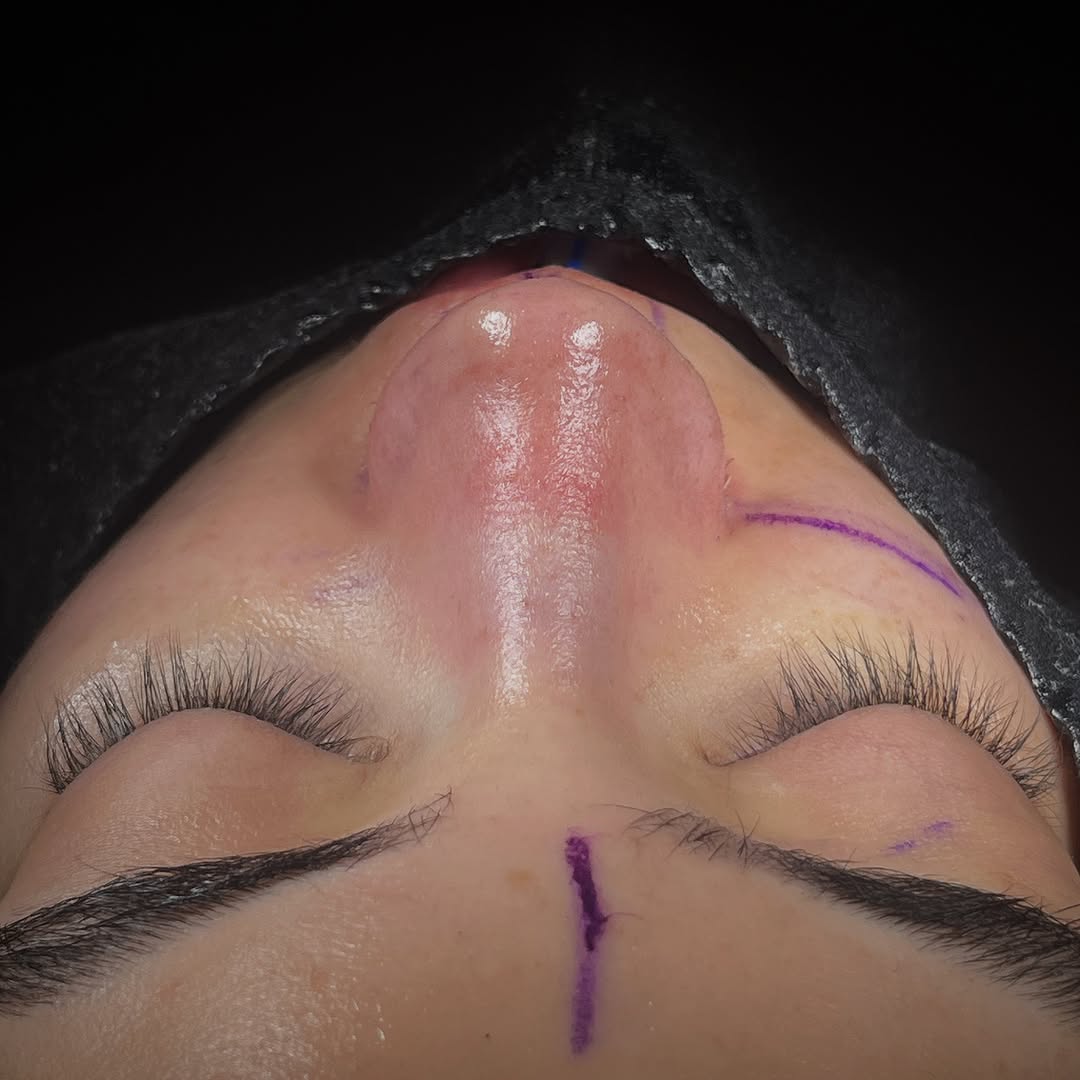The nose is an important element that reflects the character of a person. It is one of the focal points of the face and greatly affects the general aesthetic perception. Therefore, people who are dissatisfied with the shape of their nose can often feel deep discomfort and experience a decrease in self-esteem.
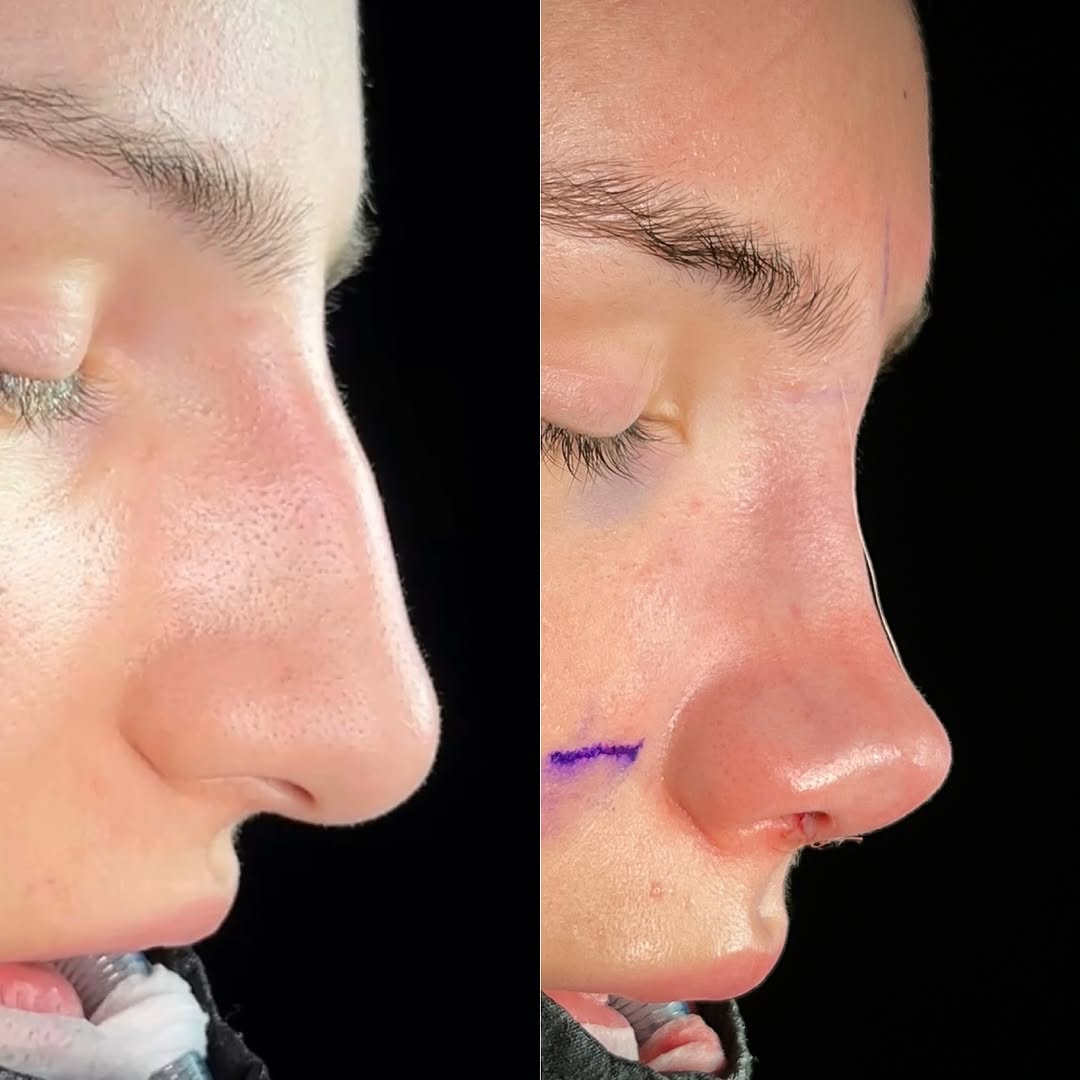
Nasal deformities often also negatively affect respiratory functions. During nose surgery, the goal is not only to achieve aesthetic beauty but also to eliminate defects in internal structures.
Soften Nasal Bridge
Softening the nasal bridge is a type of rhinoplasty. During rhinoplasty, the external nose is surgically corrected. Therefore, it should be distinguished from nasal septoplasty (correction of the bone or cartilage tissue of the nose) and septorhinoplasty (correction of the internal nasal skeleton and external nose at the same time). Nasal dorsum surgery, also known as nasal bone (dorsum) rhinoplasty, is an aesthetic procedure that specifically targets concerns about the dorsum or dorsum of the nose. The dorsum of the nose is crucial for its structure and appearance. It plays an important role in the general appearance of the face. A well-proportioned, symmetrical nasal dorsum can greatly enhance facial harmony and balance.
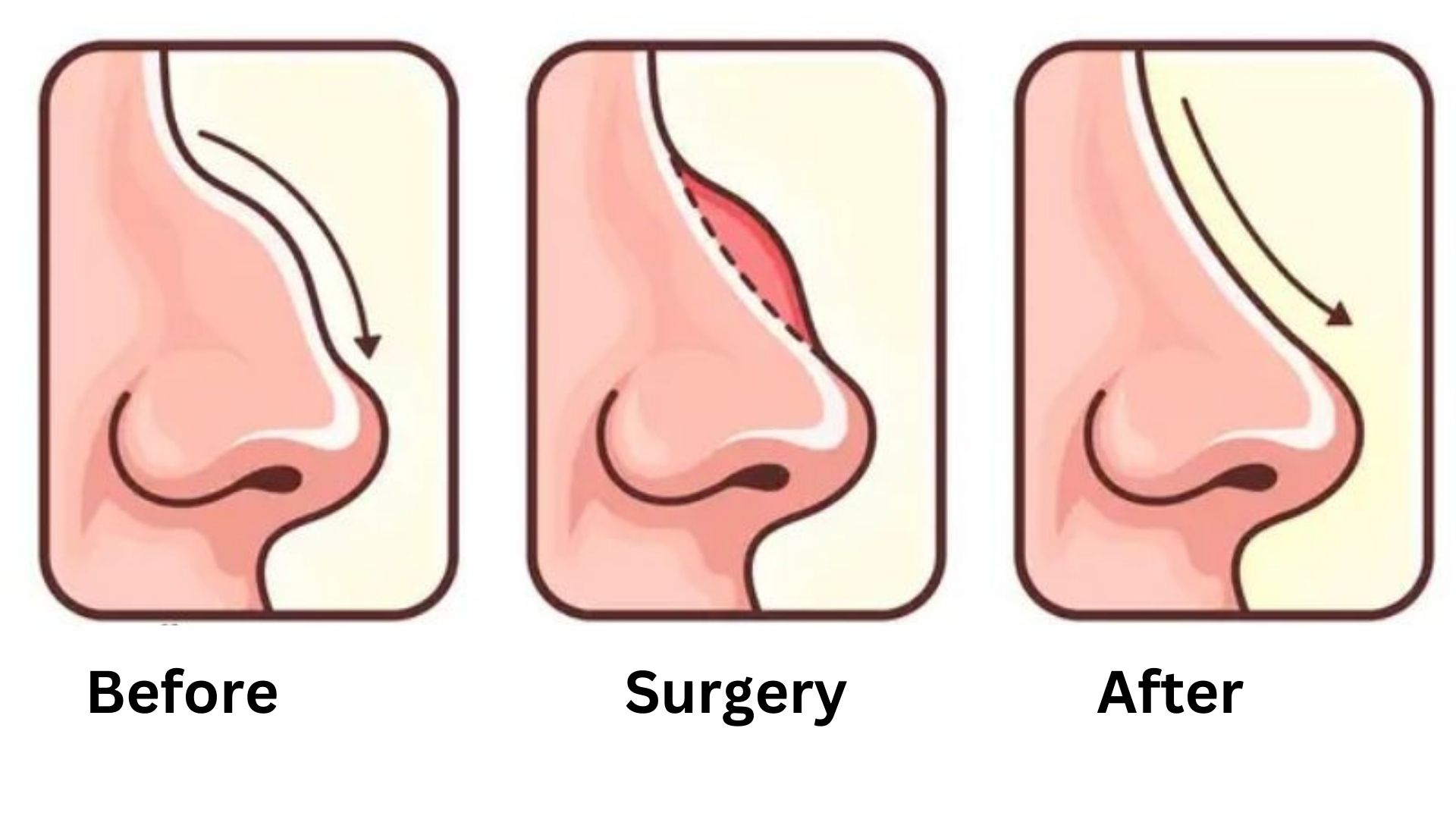
Types of rhinoplasty
Nose surgeries can be performed with different techniques, but the two most common methods are open and closed rhinoplasty. Which method is preferred depends on the person's nasal structure and aesthetic goals.
Closed rhinoplasty
- Incisions are made inside the nose; there is no external scar.
- It is less invasive; healing time is short.
- Swelling and bruising are minimal.
- However, the areas where the surgeon can intervene are limited.
Open rhinoplasty
- An incision is made both in the nose and in the columella between the nostrils.
- It allows the surgeon to better shape the nose.
- More extensive changes are possible, but the recovery time is longer.
Revision rhinoplasty
- The purpose is to rectify the errors or enhance the outcome of the previous nose surgery.
- It is a more complex procedure and should be performed by experienced surgeons.
Suitable nose types for arched nose surgery
When one of the following nose types is present, the person may feel unhappy and may find aesthetic intervention necessary. Suitable nose types for arhed nose surgery:
- Arched nose (Aquiline nose)
- Hook nose
In this type, also known as a hump nose, the bridge of the nose is characterised by a noticeable hump or hump. Some people are born with this feature. The main cause of a posterior humped nose is the formation of a nasal fracture after trauma. The size and shape of the arched nose can vary significantly. The humped nose is most prominent when viewed from the side profile.
It is also referred to as the Roman nose. The ridge of the hook nose slopes slightly outwards from the face. The bridge of the hook nose is small and has a slight curve.
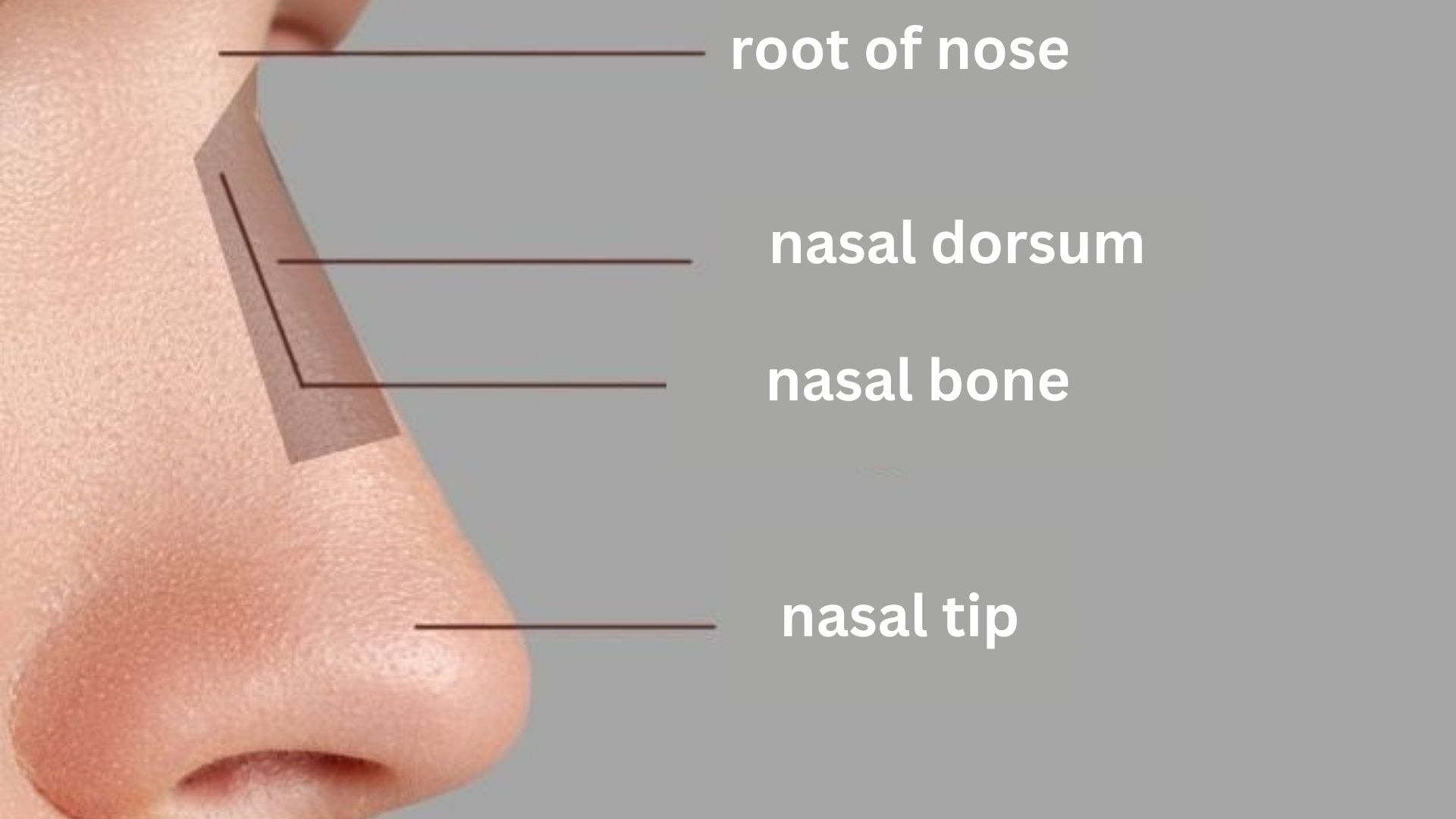
Arched nose surgery, one of the most common procedures in aesthetic surgery, removes the appearance of the nose that the person is uncomfortable with. Specifically, arched nose surgery is one of the most commonly performed procedures. The procedure allows the individual to achieve the aesthetic nose that patient desires and best suits him/her.
During the operation, bone and cartilage curvatures that make it difficult for the patient to breathe are also corrected, providing both aesthetic beauty and functional improvement. After the arched nose surgery, self-confidence increases in the individual. The new nose appearance can provide a fresh sense of life after years of timidity and low self-esteem.
Before the consultation, consider your desired nose size and shape. It is important for the final result that you fully describe your dream nose to your doctor.
Does the nose bridge affect breathing?
In most individuals, nasal arches or dorsal hump do not cause any health problems. If the dorsal hump is the result of physical trauma, the same trauma may have caused a curvature of the nasal septum that can cause breathing difficulties. In this case, the bridge of the nose may cause breathing difficulties.
Big nasal hump, droopy nasal tip, crooked nose – we did our best.
How is arched nose surgery performed?
Before the procedure, you will have a detailed discussion with your surgeon. In this medical discussion, the factors that determine whether the surgery will be suitable for you are discussed. The following topics are usually discussed:
- Your medical history: You will be asked about your medical history, such as nasal obstructions, previous surgeries and medications you are taking. Why you want to have surgery and your goals are the most important topics. The operation may not be suitable for those with bleeding disorders (e.g., haemophilia).
- Physical examination: The surgeon will examine your facial features and the inside and outside of your nose to assess how factors such as skin thickness or cartilage structure will affect the results of surgery. How breathing problems can be solved is also examined.
- Photographs: Photographs of your nose are taken from different angles. With computer programs, the surgeon can show possible results. These photos are used for comparisons before and after surgery.
- Evaluation of your expectations: It is important to clearly share your reasons for the surgery and your expectations with the surgeon. The surgeon will explain what the procedure can provide you.
- Evaluation of facial proportions: Your doctor will advise you on the best nose shape for your facial proportions, taking into account your expectations. A small chin can make the nose appear larger. Applying Barbie nose aesthetics to someone with large facial features also causes dissatisfaction after the procedure.
Which of the open-closed rhinoplasty types will be applied is a technical decision to be made by your surgeon. Arched nose, in which the arch structure in the nose is corrected by filing, is a shorter and less technically demanding procedure compared to other rhinoplasty surgeries. Generally, less swelling and bruising occur in the nose during the arched nose process. Compared to other nose surgeries where the nasal bone is completely broken and reshaped, only the bone surface is filed and corrected in arched nose surgery. This process makes postoperative recovery easier and faster.
Non-Surgical Arched Nose Reshaping
While there is no non-surgical treatment for arched noses, new devices can perform the procedure in a less invasive manner.
In the field of rhinoplasty, new procedures that facilitate surgical intervention are emerging with advancing technology. The most important of these are ultrasonic and laser rhinoplasty techniques.
What is ultrasonic (piezo) rhinoplasty?
Ultrasonic rhinoplasty is a modern rhinoplasty method that moulds the nasal bone and cartilage using the vibration of high-frequency (ultrasonic) sound waves. While traditional rhinoplasty requires manual cutting and removal of the bone, this technique is less invasive and has a low risk of complications.
Arched nose surgery with precision piezo rhinoplasty
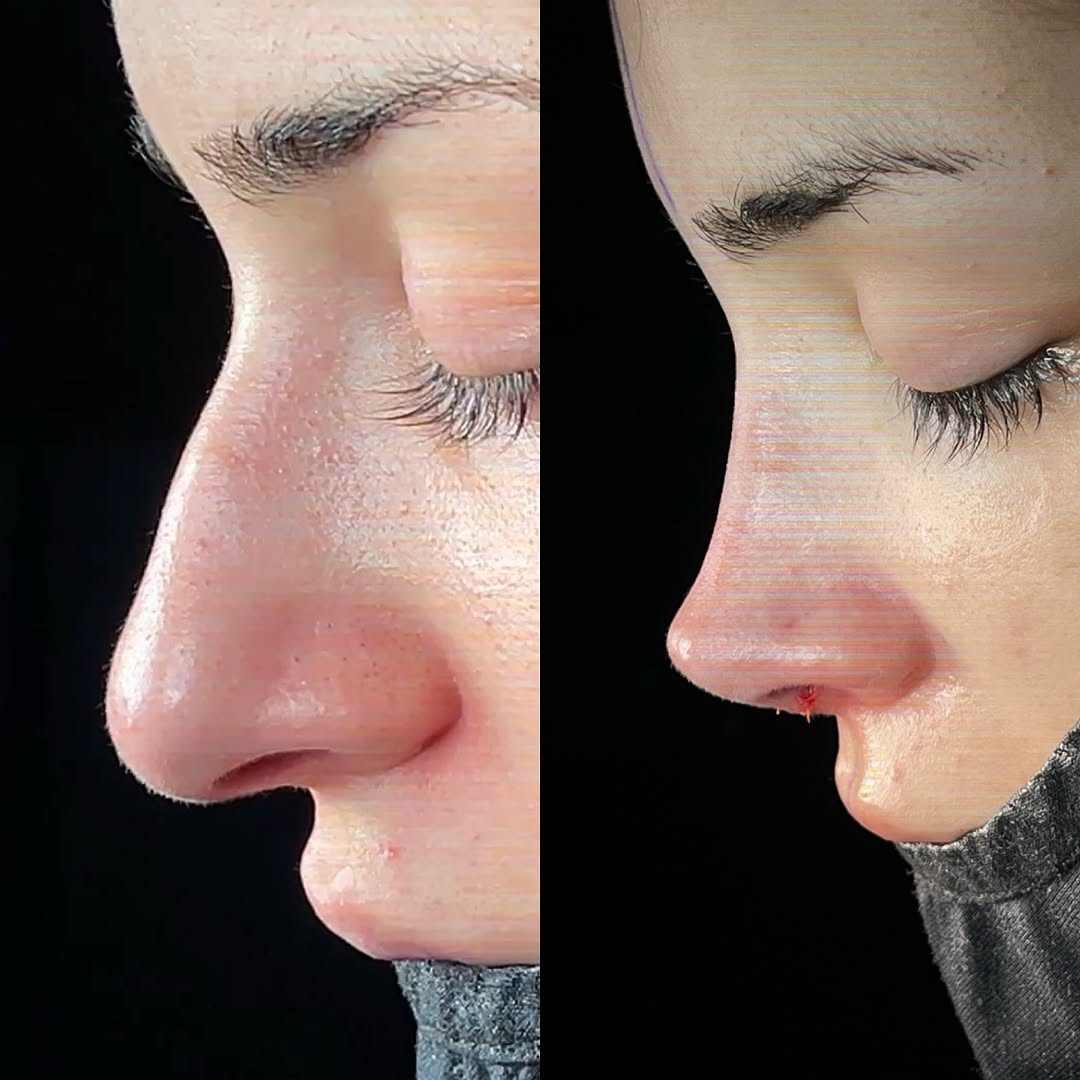
Piezo rhinoplasty is an ideal technique for individuals who want to shape the nasal bone with precise work, remove the hump on the back of the nose, correct the bones on the bridge of the nose, and reshape the nasal pyramid. These procedures can be performed smoothly with piezo rhinoplasty.
Thanks to ultrasonic energy, your surgeon can shape the nasal bones with extremely precise work. During the surgery, damage to the surrounding soft tissues is minimised, resulting in less swelling and bruising. The nasal bone and cartilage are reshaped during the procedure, which involves making tiny incisions in the nose's skin. As a result, a slimmer and more defined nasal structure is achieved, while the healing process is accelerated.
Ultrasonic rhinoplasty is an innovative technique that offers significant differences compared to traditional methods. While tools such as hammers and chisels are used to shape the bone in traditional rhinoplasty, in ultrasonic rhinoplasty, the nasal bone is cut and corrected with the help of a device that emits ultrasound waves. The procedure provides more precision and control, helping to achieve a more natural and aesthetic result. Ultrasonic rhinoplasty surgery's improved precision reduces the risk of complications, enabling patients to achieve more satisfactory results.
Can ultrasonic rhinoplasty be performed with closed rhinoplasty?
Ultrasonic devices can only be used in the open rhinoplasty technique. Open rhinoplasty is performed through an incision in the lower part of the nose. This allows the surgeon to access the internal tissues of the nose from a wider angle. In closed rhinoplasty (endonasal), the incisions are made inside the nostrils. The surgeon's access to the nasal structure is limited. Ultrasonic rhinoplasty performed with open rhinoplasty offers the advantage of more precise shaping and less damage to surrounding tissues.
What is laser rhinoplasty?
Laser rhinoplasty is an innovative method applied for nose shaping using laser technology. The laser allows cutting, shaping, and vaporising soft tissues with a high-energy light beam. In this way, surgeons can perform procedures in a more precise and controlled manner, but the laser does not show sufficient effectiveness in shaping bone and cartilage tissues. Therefore, surgeons prefer more precise methods like ultrasonic piezo devices for bone and cartilage correction.
The advantage of lasers is that they provide less trauma and faster healing in soft tissue procedures. Ultrasonic hybrid rhinoplasty, on the other hand, is a modern method that uses both ultrasonic and laser technologies together in rhinoplasty. This technique makes it possible to achieve very precise and successful results by combining the benefits of both technologies.
What to do after arched nose surgery
The recovery process after surgery usually goes smoothly when the doctor's recommendations are followed. Things to be considered after arched surgery:
- Follow the doctor's instructions to clean the inside of the nose in the days following surgery.
- It is necessary to avoid leaning forwards after the surgery.
- After surgery, avoid using blood thinners, foods, and herbal products like green tea for at least two weeks.
- Avoid smoking.
- Avoid places that are overly hot and steamy, like baths and saunas.
- Do not strain excessively when going to the toilet. Eat a healthy diet to prevent this. Small walks should be taken as recommended by your doctor, and bowel function should be supported.
- After arched nose surgery, avoid using glasses until you have fully recovered.
Swelling and bruises may occur on the face after the operation. Tampons are placed in the nose to reduce blood accumulation under the skin, and these tampons are usually removed within two days. Nasal bands are then applied. The patient's regular use of prescribed medication and plenty of rest accelerate recovery. Partial difficulty in breathing may occur during this period. After the operation, it is recommended to protect the nose against impacts and avoid the sun. The bruises around the eyes lighten within a few days and usually heal within 2-3 weeks. However, the swelling in the nose may vary from person to person and may take several months.
Does arched nose surgery also involve interventions in other parts of the nose?
The nasal rasping procedure is usually performed on the tip of the nose, nasal cartilage structure (septum), nostrils, and nasal wings to give the entire nose an aesthetically harmonious shape. If excessive nasal cartilage is the sole cause of the arch on the dorsum of the nose, then filing alone may suffice. Usually, the cause of the nasal arch is the excess of both cartilage and bone tissues. In this case, the bone structure is reshaped, but since each patient has unique characteristics, your surgeon will tell you in detail what kind of procedure should be performed on your nose during the preoperative examination.
Is there a risk of arched nose surgery?
Arched nose procedures may involve risks common to all operations. These risks can be briefly listed as follows:
- Haemorrhage,
- Infection,
- Allergic reaction to anaesthesia,
- Temporary change in the sense of smell.
How long does arched nose surgery take?
The average duration of the arched nose surgery ranges from 1 to 3 hours. This may vary due to individual differences and unforeseen complications.
What is the best age for arched nose surgery?
It is not suitable to perform surgery for individuals under the age of 18 who have completed bone development. There is no upper age limit for arched nose surgery. Ideally, nose surgeries are performed between the ages of 18 and 40.
Does the nose tip fall down during the arched nose surgery?
Nasal tip drop is a condition in which the tip of the nose falls down over time after rhinoplasty. The nose nip may sag instead of staying up or in straight projection, creating an undesirable appearance.
Due to insufficient support in the intranasal tissues, nasal tip drop may occur in the first weeks after surgery. Over the years, this problem may occur due to ageing or injury. After rhinoplasty, the tip of the nose should have sufficient projection, staying a few millimetres above the nasal dorsum, creating an aesthetically appropriate supratip angle. Nasal tip drop may result from the excessive removal of tissues that support the nasal structure. The surgeon's task is to anticipate this problem and provide structural support to the nasal tip. Thus, the nasal tip maintains its postoperative shape and offers an aesthetic and balanced appearance.
Is the arched nose procedure permanent?
Yes, the arched nose procedure performed on the nasal bone is permanent. Rarely, revision rhinoplasty may be required due to different complications.
How long does an arched nose surgery take to heal?
The bruises around the eyes lighten within a few days and usually heal within 2-3 weeks. The swelling in the nose may vary from person to person, and it may take several months.
Does swelling and oedema occur after arched nose surgery?
After the procedure, expect swelling and oedema. This swelling will start after the surgery and reach the highest level the next day. In the following days, the swelling starts from the top, that is, from the eye area, and moves downwards. It first goes down to the cheeks, then to the upper lip, then to the lower jaw, and disappears.
Is revision required after arched nose surgery?
According to studies, revision rhinoplasty may be required in five per cent of patients after nose surgery. Surgery should be carefully planned and meticulously performed to avoid the need for revision. A successful surgical procedure minimises the need for revisions and makes the aesthetic result permanent.
As Umit Kucukktepe Clinic, we are about to solve all your nose problems at the most affordable prices.
This article is for informational and advisory purposes. The recommendations of your surgeon, who will examine you and perform nose surgery, should be a priority.

